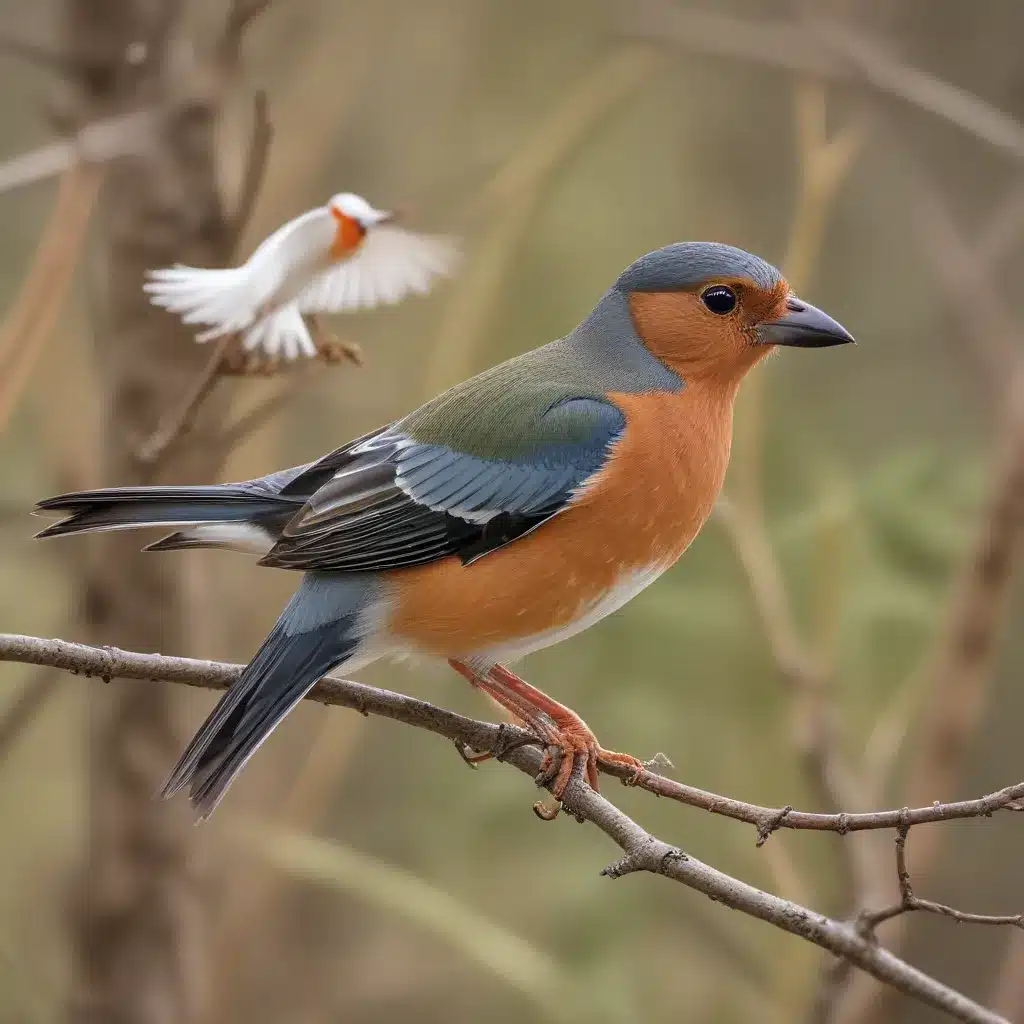
Avian Biodiversity
The world of birds is a fascinating realm filled with incredible diversity. From the majestic soaring of raptors to the melodic serenades of songbirds, each avian species possesses a unique set of adaptations and behaviors that allow them to thrive in their respective environments. As an experienced avian caretaker, I’m thrilled to guide you on a journey through the wild and wonderful world of our feathered friends.
Avian Species
Birds come in all shapes and sizes, each one a marvel of evolution. Consider the towering Andean Condor, with its impressive wingspan and keen eyesight, or the diminutive Ruby-throated Hummingbird, capable of beating its wings up to 80 times per second. These are just a few examples of the incredible range of avian species we’re privileged to observe.
Avian Habitats
Birds can be found in virtually every corner of the globe, from the sun-baked deserts of the Southwest to the lush rainforests of the Amazon. Each habitat presents its own set of challenges and opportunities for our feathered friends. Witnessing the adaptations that allow birds to thrive in these diverse environments is truly awe-inspiring.
Avian Behaviors
The true magic of the avian world lies in the fascinating behaviors we’re able to observe. Whether it’s the elaborate courtship displays of the Greater Sage-Grouse, the ingenious tool-using skills of the New Caledonian Crow, or the intricate parental care of the Emperor Penguin, birds never cease to amaze us with their remarkable intelligence and adaptability.
Birdwatching Techniques
Becoming a skilled birdwatcher is all about honing your observation skills and expanding your knowledge. By mastering the art of birdwatching, you’ll unlock a whole new world of wonder and appreciation for our avian neighbors.
Observation Methods
Patience and a keen eye are the foundations of successful birdwatching. Learn to move slowly, keep your eyes and ears attuned to your surroundings, and be prepared to wait patiently for birds to reveal themselves. Binoculars and a good field guide can also be invaluable tools in your birdwatching arsenal.
Equipment and Gear
While birdwatching doesn’t require a lot of specialized equipment, investing in a few key items can greatly enhance your experience. A high-quality pair of binoculars, a reliable field guide, and a comfortable pair of walking shoes are essential for any budding birdwatcher. Depending on your climate and terrain, you may also want to consider adding a camera, a bird-friendly backpack, or weatherproof clothing to your gear.
Identification Skills
Mastering the art of bird identification is a lifelong journey, but with practice and dedication, you can become an expert in no time. Learn to recognize key field marks, such as plumage, beak shape, and behavior, and use these clues to narrow down your identification. Familiarize yourself with common species in your local area, and challenge yourself to identify more elusive or unfamiliar birds as your skills develop.
Unique Avian Behaviors
The avian world is a veritable treasure trove of fascinating behaviors, each one a testament to the incredible adaptability and resilience of our feathered friends. From the intricate courtship rituals to the ingenious foraging strategies, there’s always something new to discover.
Courtship and Mating
The mating behaviors of birds are nothing short of captivating. Witness the graceful aerial displays of the Greater Sage-Grouse, the synchronized dances of the Sandhill Crane, or the beak-clacking courtship of the Puffin. These behaviors not only serve to attract mates but also play a crucial role in pair bonding and the continuation of the species.
Foraging Strategies
Birds have evolved a remarkable array of foraging techniques to ensure their survival. From the hummingbird’s lightning-fast tongue to the Woodpecker’s powerful beak, each species has developed specialized adaptations to access their preferred food sources. Observe the cunning hunting strategies of raptors, the skilled tool use of the New Caledonian Crow, or the cooperative feeding behaviors of certain seabirds.
Migratory Patterns
The annual migrations of birds are truly awe-inspiring feats of endurance and navigation. Follow the epic journeys of the Bar-tailed Godwit, which can fly non-stop for over 7,000 miles, or the remarkable navigation skills of the Arctic Tern, which travels from the Arctic to the Antarctic and back each year. These long-distance movements are essential for birds to take advantage of seasonal food sources and breeding grounds.
Conservation Efforts
As avid birdwatchers and nature enthusiasts, we have a responsibility to support the conservation of our avian neighbors and their habitats. By engaging in citizen science, advocating for sustainable practices, and promoting awareness, we can all play a role in ensuring the survival of these incredible creatures.
Habitat Preservation
Protecting the diverse habitats that birds call home is crucial for their long-term survival. Support organizations that work to safeguard vital ecosystems, such as wetlands, forests, and grasslands, and advocate for land-use policies that prioritize the needs of birds and other wildlife.
Citizen Science
Participate in citizen science initiatives, such as the Audubon Christmas Bird Count or the Great Backyard Bird Count, to contribute valuable data on bird populations and distribution. These programs not only help scientists track the health of avian communities but also engage the public in the process of conservation.
Sustainability Practices
In our daily lives, we can make choices that minimize our impact on the environment and support bird-friendly practices. Reduce your carbon footprint, avoid using pesticides, and incorporate native plants into your landscaping to create welcoming habitats for birds. Every small step we take can make a meaningful difference.
As we delve deeper into the captivating world of birds, may our awe and appreciation for these remarkable creatures continue to grow. By understanding their unique behaviors, protecting their habitats, and engaging in conservation efforts, we can ensure that the vibrant tapestry of avian life continues to thrive for generations to come. Happy birdwatching!


